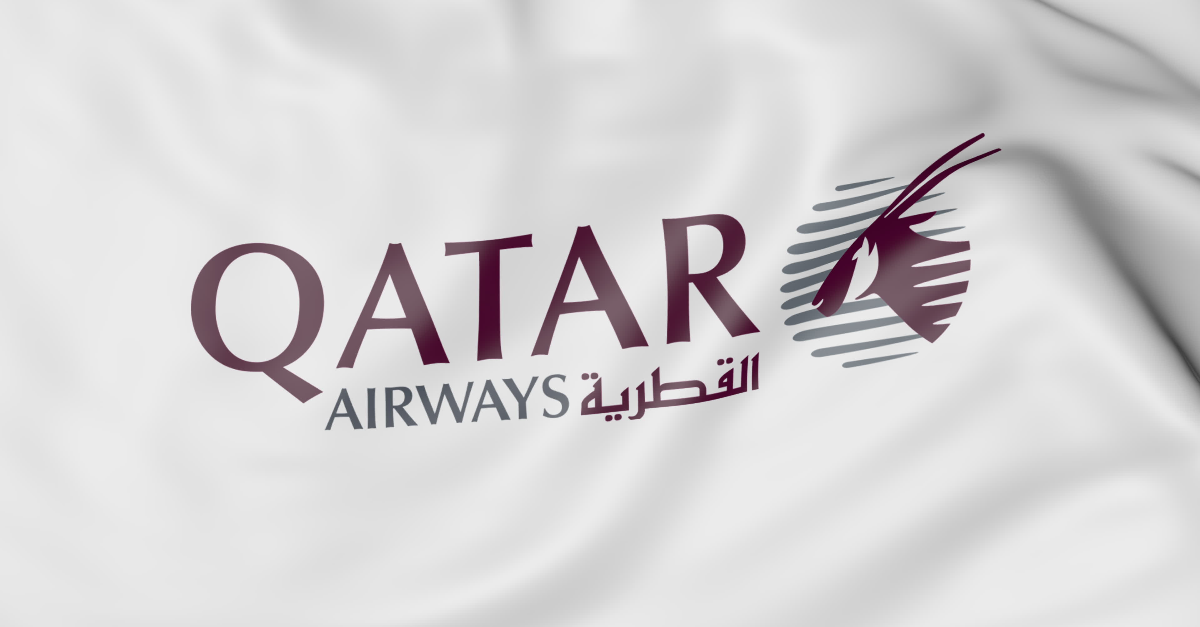
Qatar Airways prioritizes the safety of its passengers and crew. To maintain a secure flight environment, the airline has strict regulations for transporting restricted or dangerous items. These rules align with international aviation standards set by organizations like the International Air Transport Association (IATA).
Certain items are prohibited on board, regardless of whether they are checked or carry-on baggage. Passengers are encouraged to familiarize themselves with these restrictions to ensure a smooth journey.
Table of Contents
Prohibited and Dangerous Items
Ammunition and firearms
Ammunition and Related Explosives
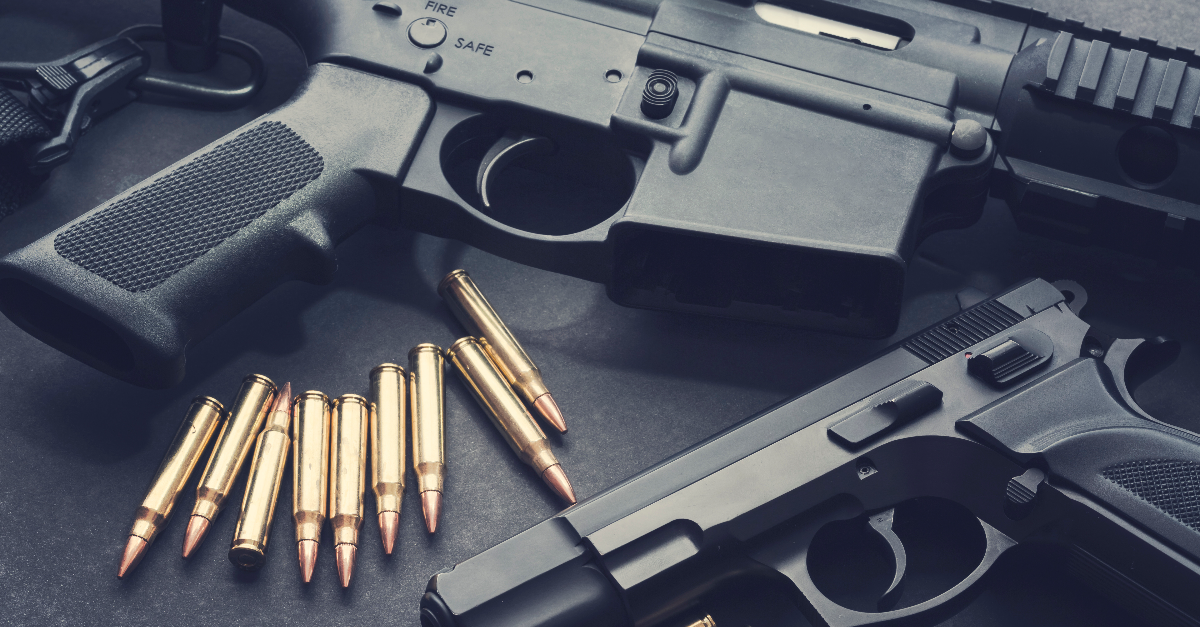
Qatar Airways allows passengers to transport ammunition in their checked baggage provided it's declared at check-in, accompanied by necessary licenses, and complies with specific regulations. Only UN0012 and UN0014 ammunition are permitted, with a maximum weight of 5kg per person. Ammunition must be securely packed in a locked container and is intended for personal use only.
Weapons and Firearms
Qatar Airways permits firearms in checked baggage if declared at check-in and accompanied by necessary licenses. Passengers must sign a 'Declaration of Surrender of Firearms' and comply with local regulations. Firearms must be unloaded and securely packed in a locked, hard-sided container.
Energy Storage and Portable Devices
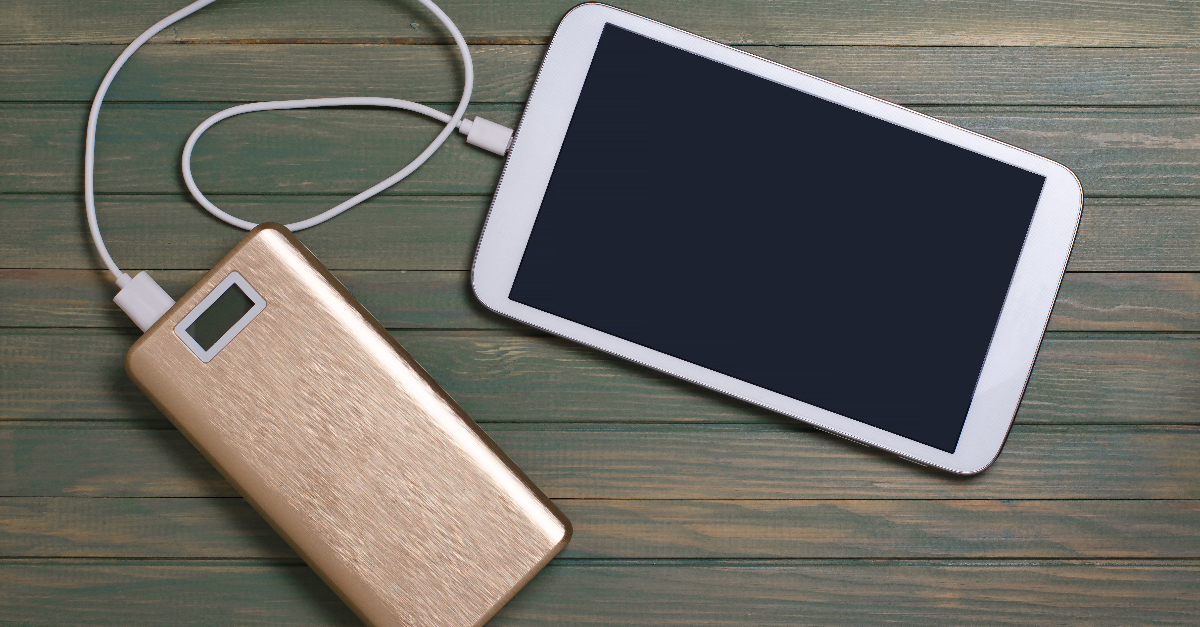
Battery-powered devices must be switched off and protected from accidental activation when packed in checked baggage. Spare batteries are allowed only in hand baggage and must be individually protected to prevent short circuits. Power banks and similar devices are considered batteries and are subject to the same restrictions. All lithium batteries must comply with UN regulations.
Remotely Operated Drones and Aircraft Systems (RPAS)
Drones may be carried in hand baggage with or without batteries. Batteries exceeding 100Wh but not exceeding 160Wh require prior airline approval. Batteries exceeding 160Wh are prohibited. Drones without batteries can be checked in, but batteries must be carried in hand baggage according to regulations. Drone batteries cannot be charged during the flight. Check destination country regulations before travel.
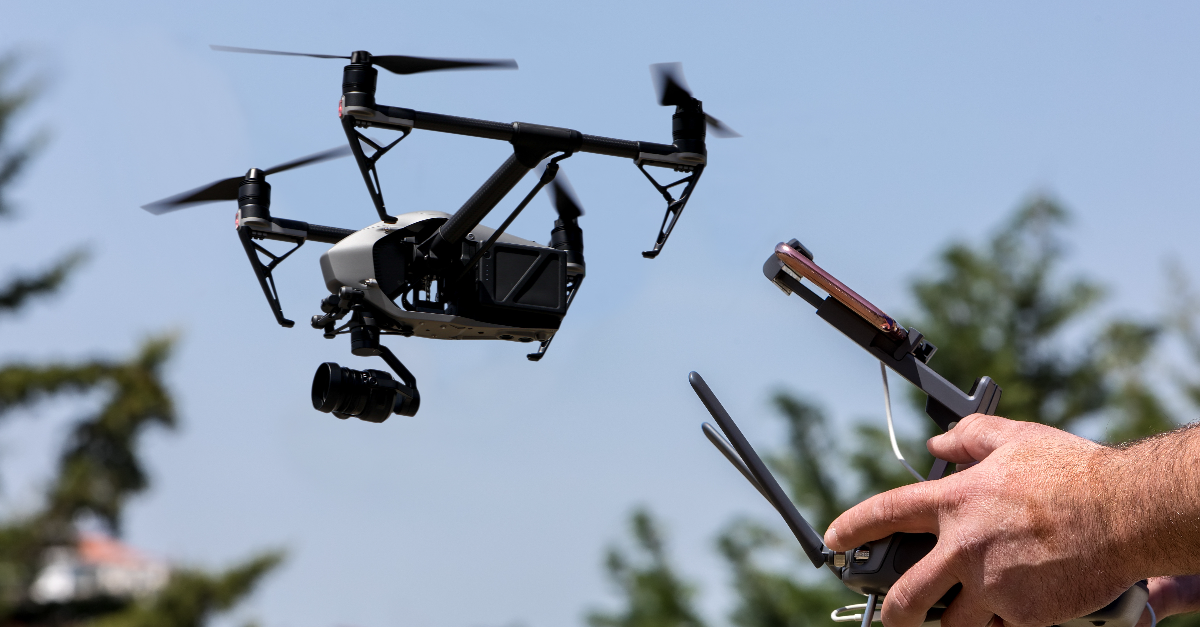
Electronic Cigarettes (e-Cigs)
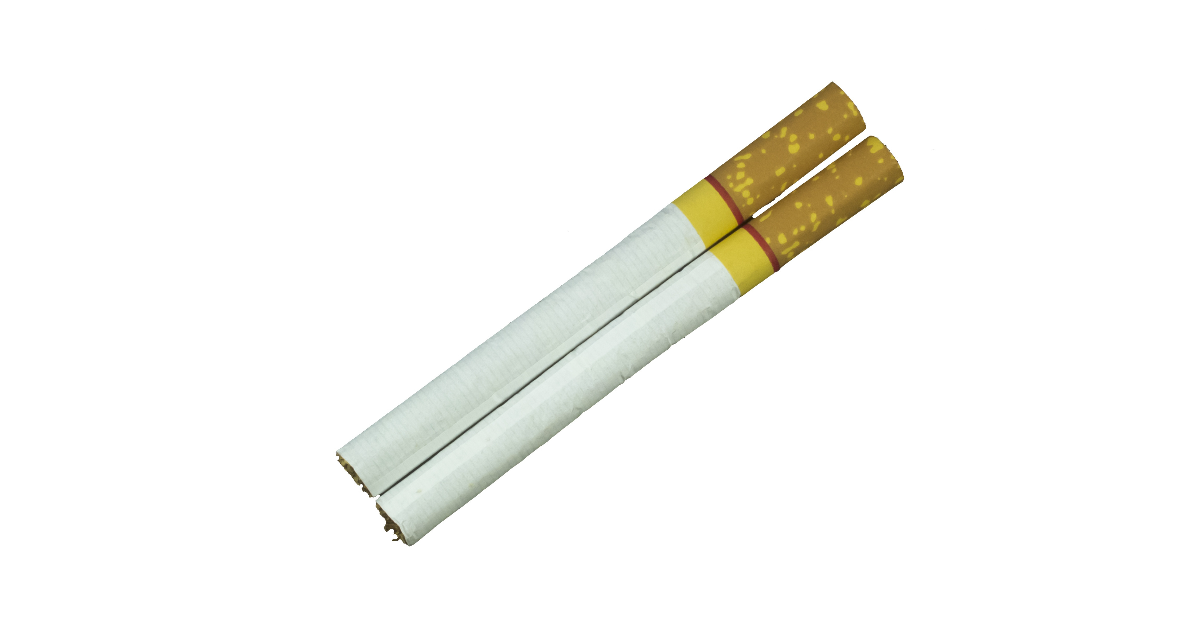
E-cigarettes, including e-cigars and e-pipes, can be carried in hand baggage only. Recharging is prohibited on board.
Lighters Specifically for e-Cigarettes
Only one e-cigarette lighter (laser plasma, tesla coil, flux, arc, or double arc) is allowed, carried in person with a safety cap. Do not pack it in baggage. Recharging is prohibited on board.
Electronic Devices and Personal Gadgets (PED)
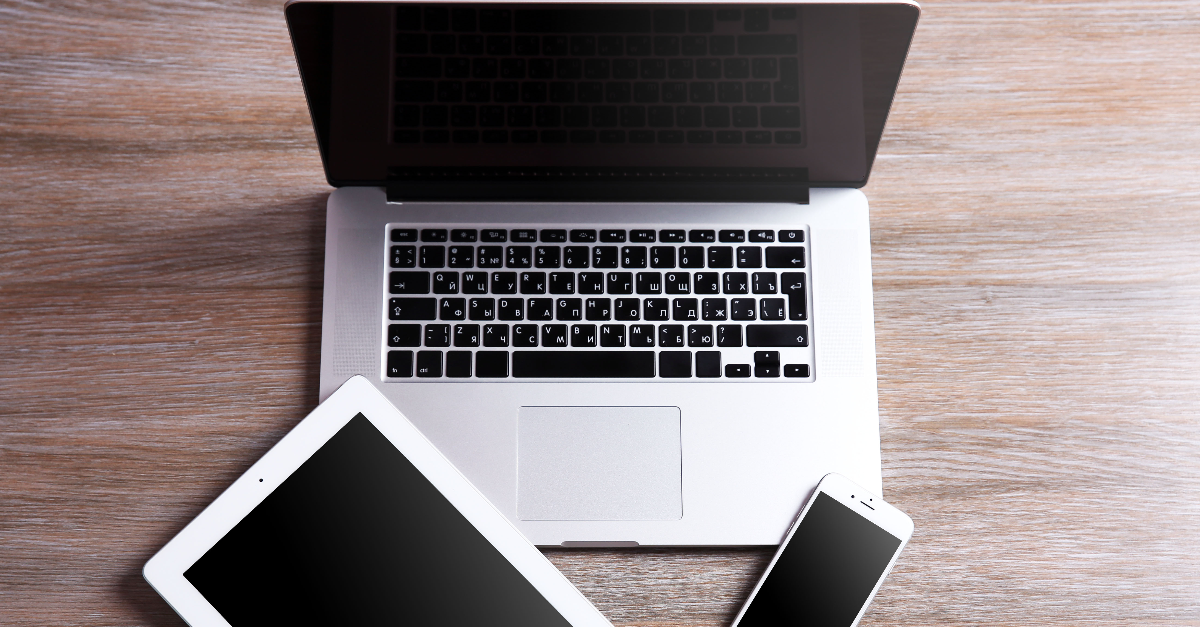
You may carry portable electronic devices (PEDs), including medical ones (PMEDs), in both carry-on and checked baggage. This includes items like cameras, phones, laptops, and tablets.
PEDs can contain various battery types, such as AA, AAA, lithium, nickel-metal hydride, and nickel-cadmium. If carried in checked baggage, ensure devices are switched off and protected from accidental activation.
You can bring a maximum of 15 PEDs. For lithium batteries, the watt-hour rating must not exceed 100 for lithium-ion batteries, and the lithium content should not exceed 2g for lithium-metal batteries.
Lithium-Battery Devices
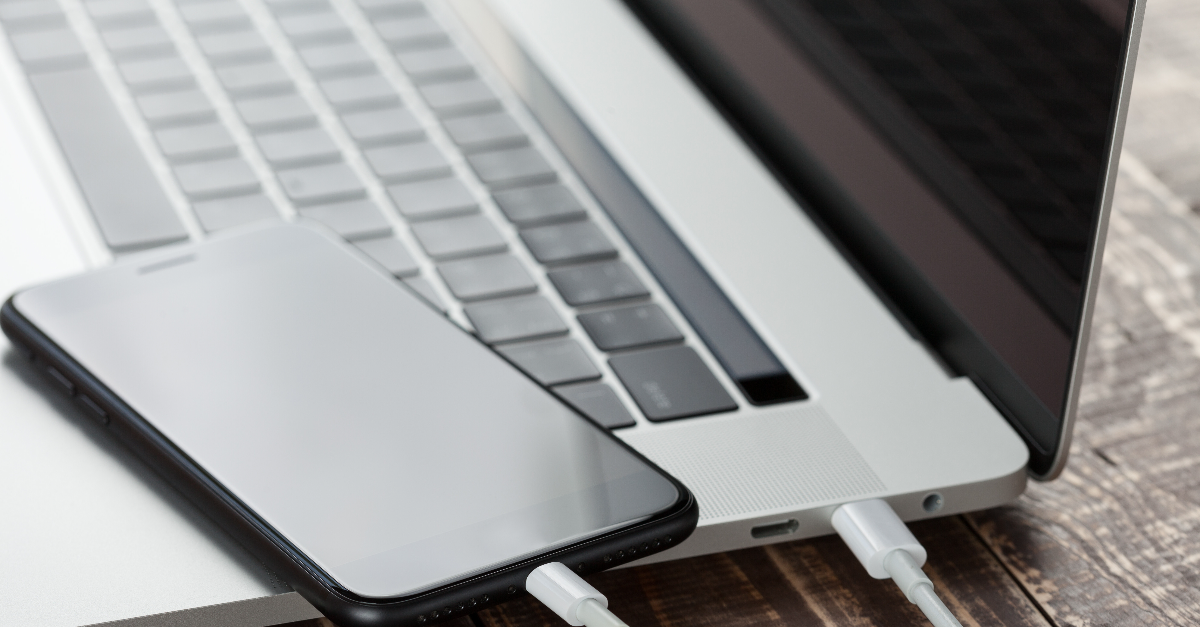
You may carry portable electronic devices (PEDs) and portable medical electronic devices (PMEDs) with lithium batteries in both carry-on and checked baggage. These include items like cameras, laptops, power tools, and medical equipment.
PMEDs can contain lithium metal batteries with a lithium content of up to 8g. Both PEDs and PMEDs can have lithium-ion batteries with a watt-hour rating up to 160Wh.
If carrying PEDs in checked baggage, ensure they are switched off and protected from damage.
You can bring a maximum of two spare lithium-ion batteries for PEDs/PMEDs and two spare lithium-metal batteries for PMEDs.
Smart Luggage and Motorized Suitcases
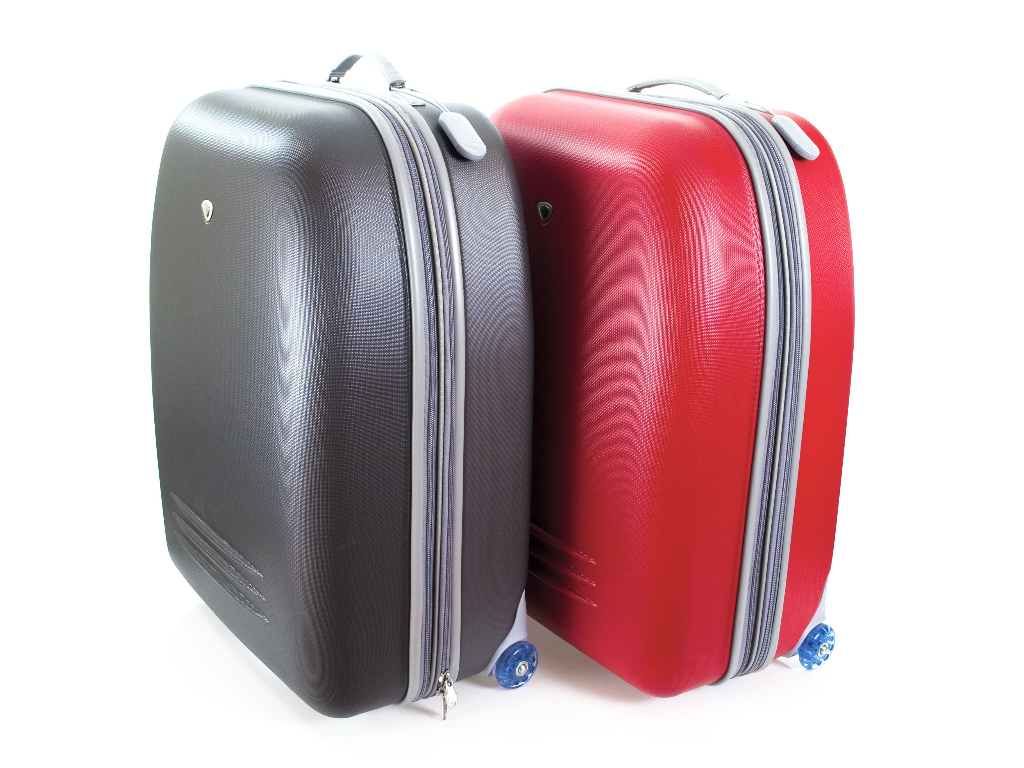
Qatar Airways has specific rules for smart baggage and rideable suitcases, which often contain lithium batteries, Bluetooth, GPS, and other electronics.
The rules depend on the battery type:
- Button or coin cell batteries: Areallowed in carry-on or checked baggage.
- Permanently fixed lithium battery: not allowed, except for batteries under 0.3g lithium or 2.7 Watt-hours. These must be completely switched off.
- Removable lithium battery over 160 Watt-hours: not allowed.
- Removable lithium battery under 160 Watt-hours: allowed in carry-on or checked baggage if the battery is removed. Batteries over 100 Watts-hours need prior approval. Removed batteries must be packed safely.
Self-propelled baggage that doesn't meet these rules can be shipped as cargo. Check the Qatar Airways Cargo website for details.
Loose Batteries and Battery Packs of All Types
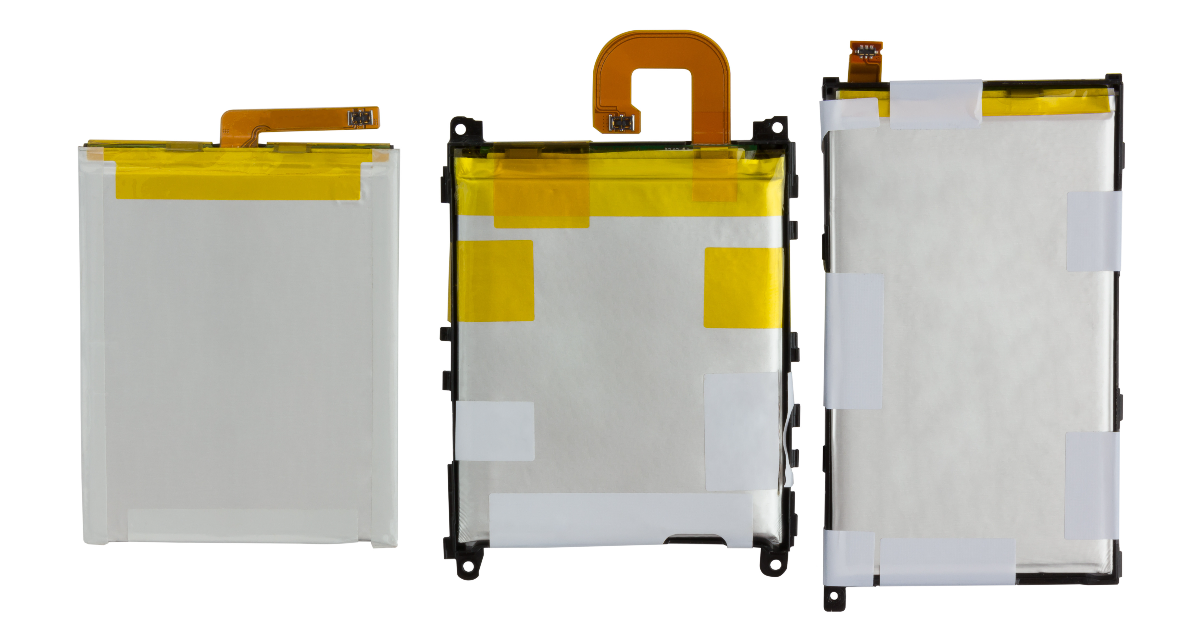
You may carry spare batteries for portable electronic devices (PEDs) and portable medical electronic devices (PMEDs). Each lithium metal battery must contain no more than 2 grams of lithium. Lithium-ion batteries cannot exceed 100 watt-hours (Wh). Other battery types, like dry, nickel-cadmium, and alkaline batteries, are also allowed. You are allowed to carry up to 20 spare batteries.
Battery-Powered Vehicles and Scooters
Lithium-powered personal mobility devices, such as e-scooters, hoverboards, and balance wheels, are prohibited in both carry-on and checked baggage, regardless of battery size. Smart vehicles are also not allowed. Examples are Solowheels,Hoverboards, Mini-Segways, E-scooters, and Balance Wheels.
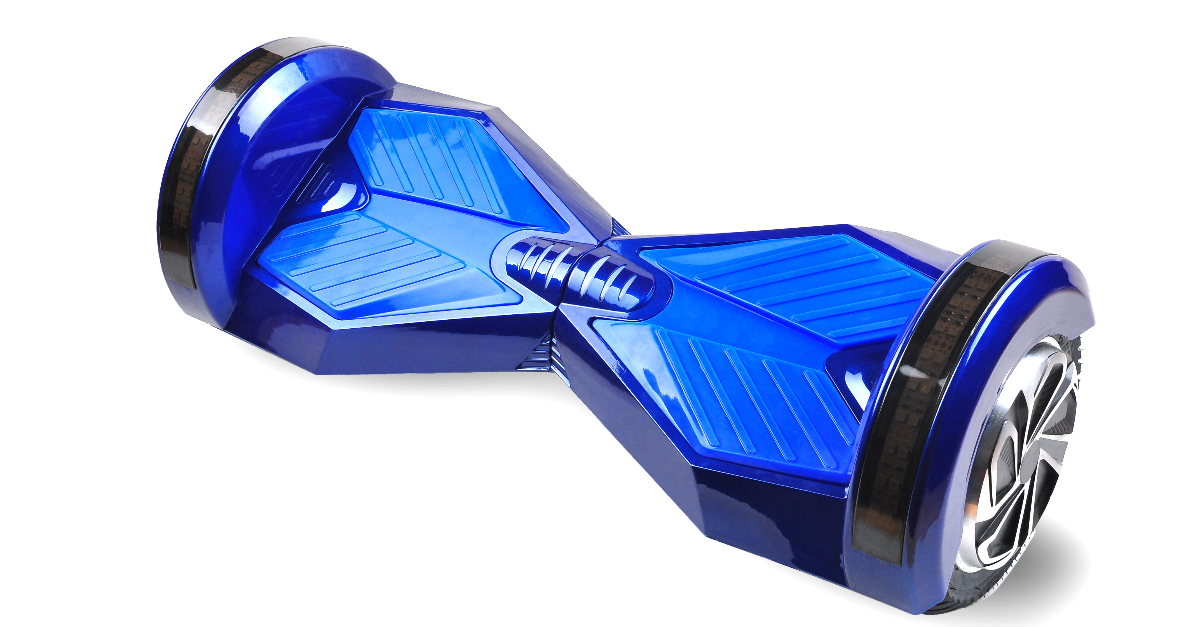
Unique regulations apply to rideable suitcases and self-driving or self-propelling baggage.
Gas Storage and Delivery
Avalanche Safety Backpacks
You are allowed to bring one avalanche rescue backpack with a compressed gas cartridge (Division 2.2) that does not have any additional hazards. The backpack can also include a pyrotechnic trigger mechanism, provided it contains no more than 200mg of Division 1.4S explosives. Ensure the backpack is packed securely to prevent accidental activation. Additionally, the airbags in the backpack must have pressure relief valves installed.
Prosthetic Equipment with Non-Flammable Gas
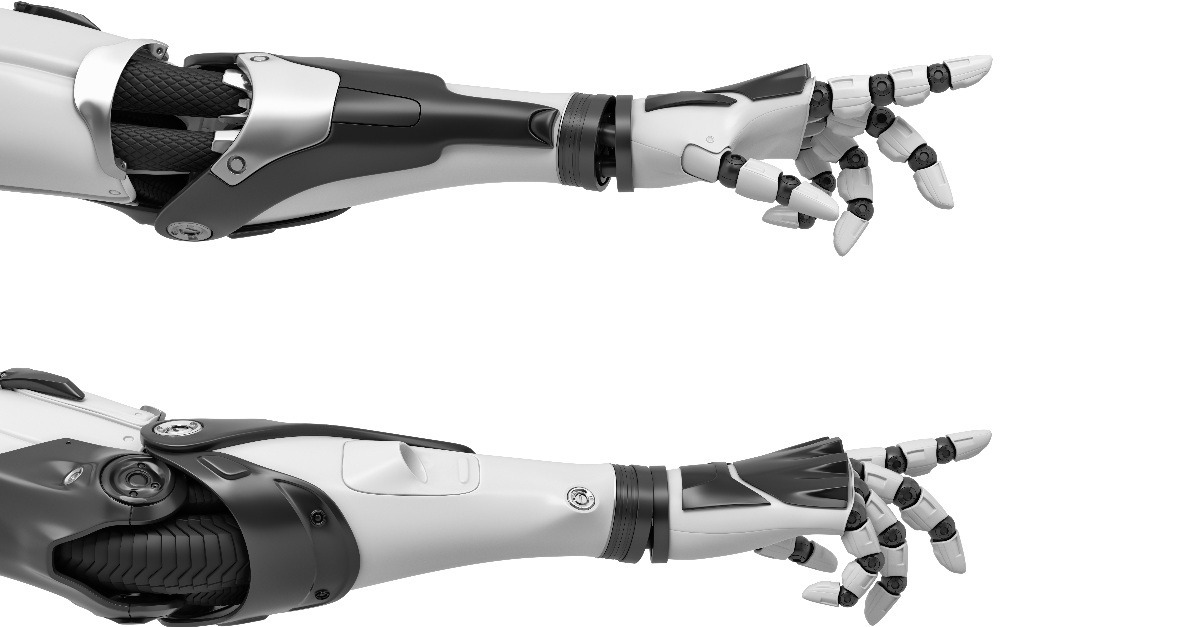
You may carry small gas cylinders in your carry-on and checked baggage. These cylinders must contain a non-flammable, non-toxic gas (Division 2.2) used for operating mechanical limbs. You can also bring extra cylinders of the same size if necessary for your trip.
Small Cartridges with Non-Flammable Gas
You may carry small, non-flammable gas cartridges (Division 2.2) in self-inflating safety devices like life jackets. Each device can hold up to two cartridges. You can bring a maximum of two safety devices per person and two spare cartridges for each device. Pack all devices to prevent accidental activation.
For other non-flammable, non-toxic gas cartridges, such as CO2 bicycle tyre inflators, you can carry up to four cartridges per person. Each cartridge must not exceed 28g.
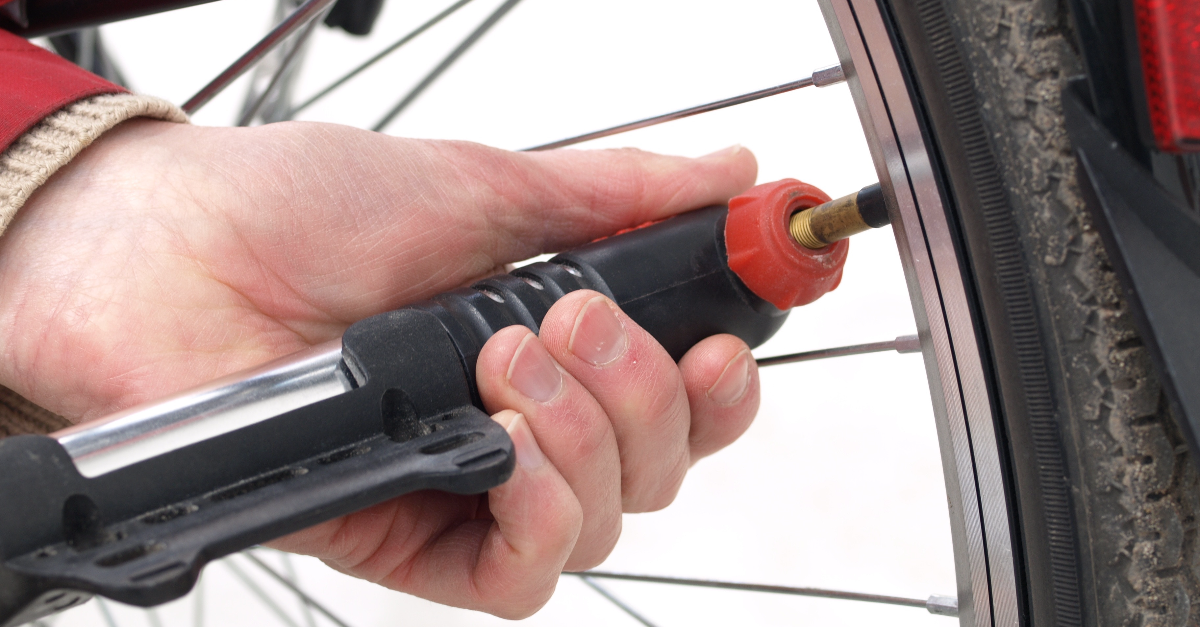
Gas-Containing Hair Curlers
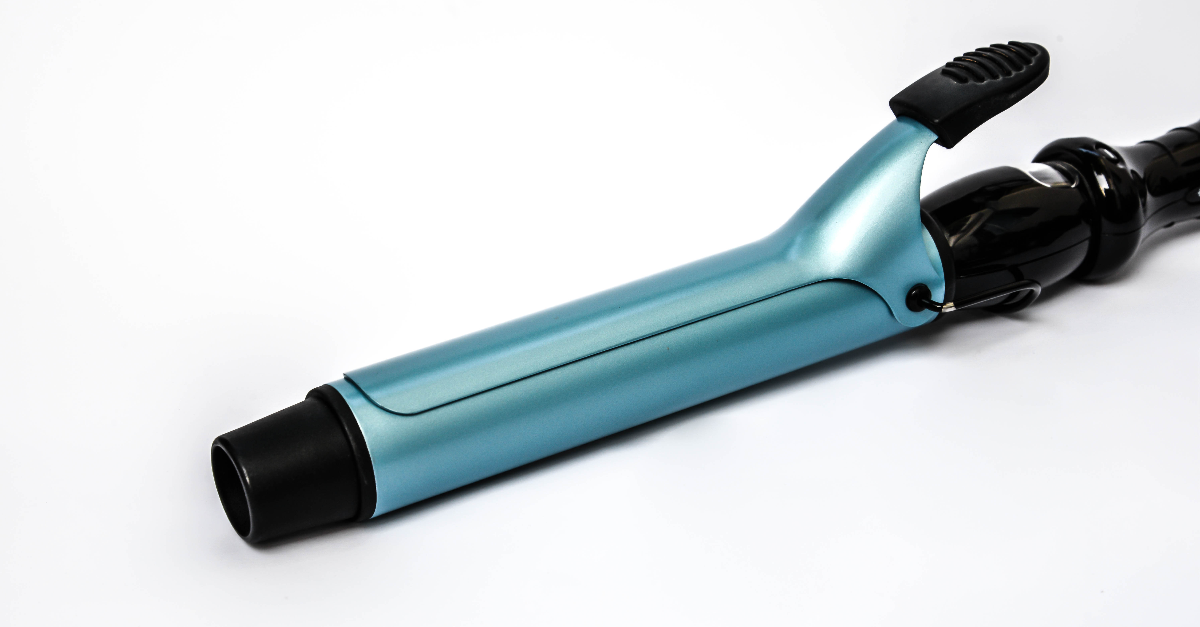
A single hair curler containing hydrocarbon gas is permitted in either carry-on or checked baggage. The heating element must have a safety cover. You cannot use the hair curler on the aircraft or carry gas refills.
Equipment with Pressurized Gas Canisters
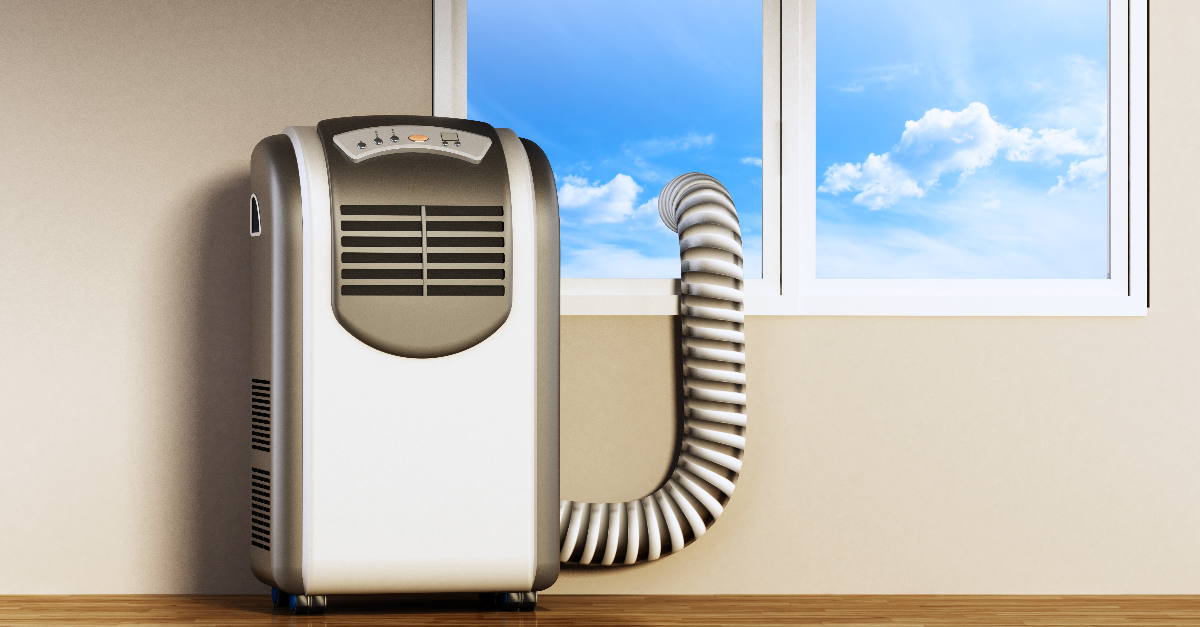
Many appliances like refrigerators, water dispensers, and ice makers use compressed gas. Most of these appliances are allowed in air travel if undamaged.
Appliances with non-flammable, non-toxic gas are generally safe if the gas amount is under 12kg.
Appliances with flammable, non-toxic gas are also allowed under specific conditions:
- The gas amount must be less than 100g.
- The appliance must be designed to withstand at least three times its operating pressure.
- The appliance must prevent gas leaks and explosions under normal travel conditions.
Hydrocarbon Fuel
Camping and Outdoor Stoves
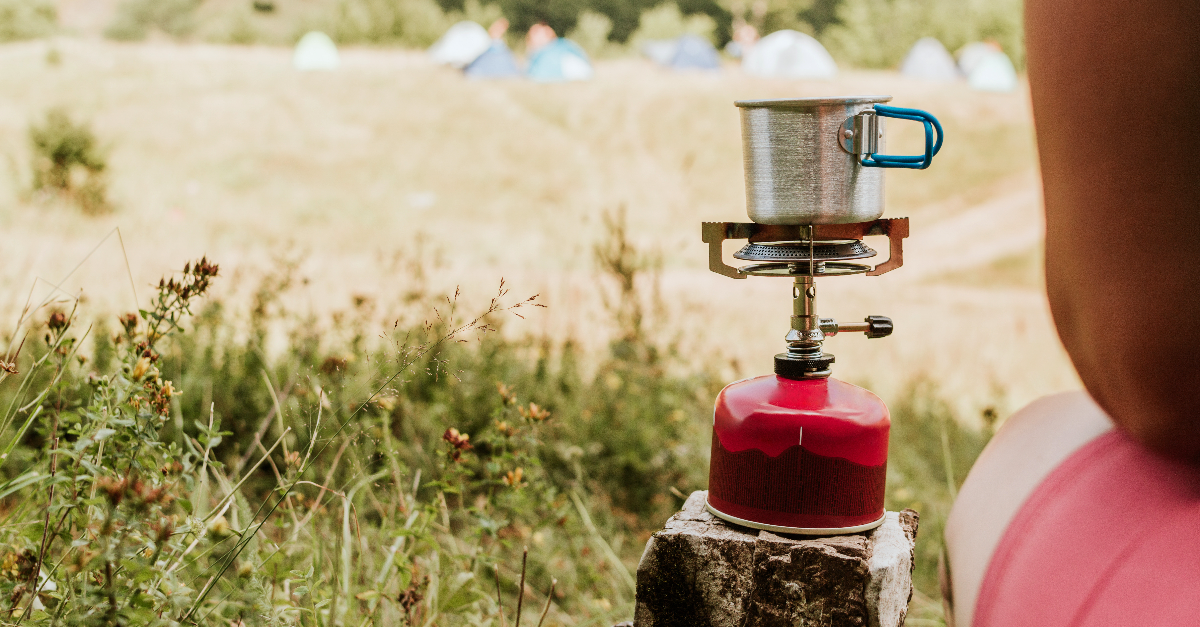
You can carry a camping stove and empty fuel container that previously held flammable liquid as long as they are fully drained and aired out. Secure the caps, wrap the containers in absorbent material, and place them in a sealed bag. New, unused camping stoves and containers are not restricted but check with Qatar Airways beforehand for confirmation.
Fuel Cells and Backup Power Sources
Portable electronic devices (PEDs) powered by fuel cells, such as cameras, mobile phones, laptops, and camcorders, are permitted in hand baggage. Additionally, passengers may carry up to two spare fuel cell cartridges in their hand baggage.
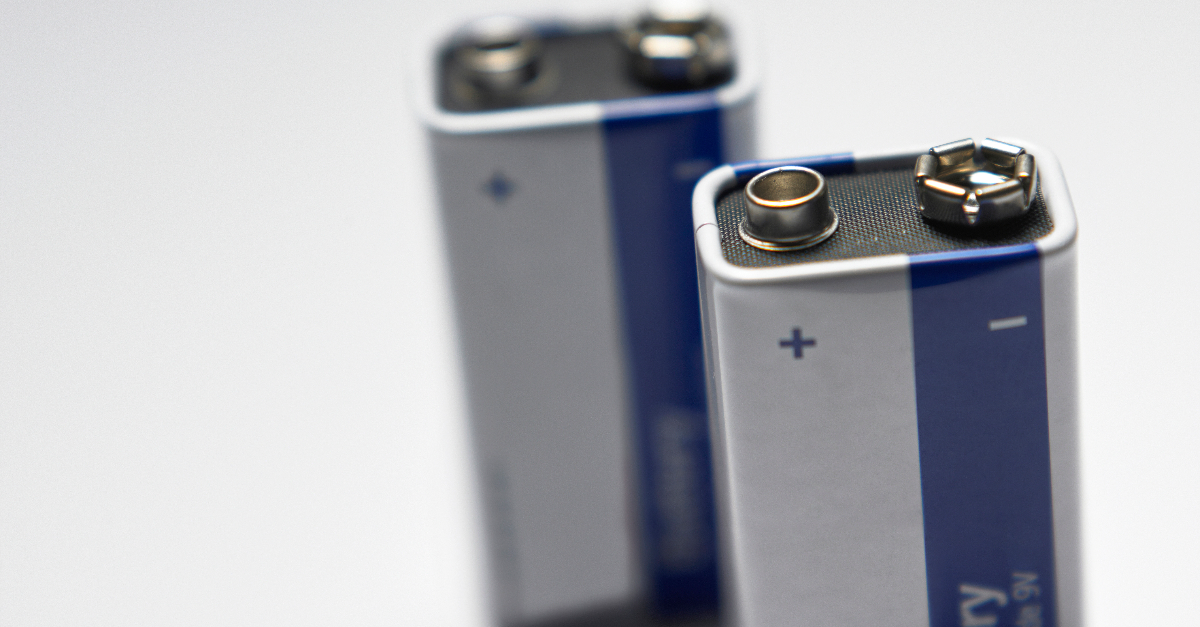
Liquid Substances
Alcoholic Drinks
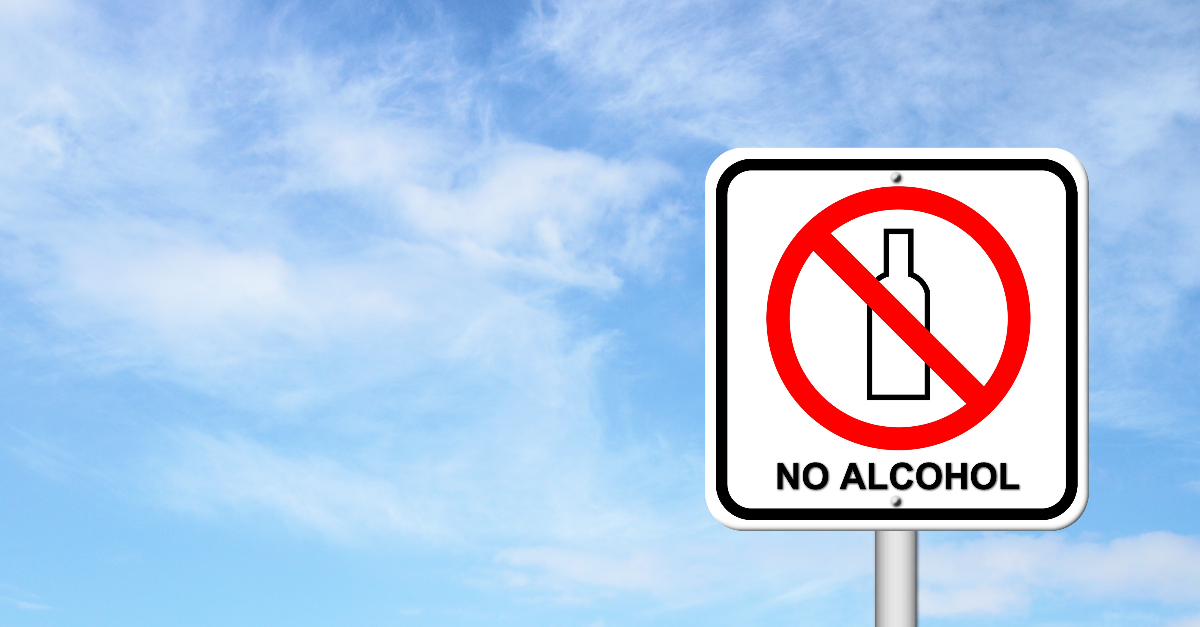
You can carry alcoholic beverages in both checked and hand baggage. The alcohol content of checked baggage must be between 24% and 70%, with a total volume not exceeding 5 liters. Quantities may be further restricted for hand baggage. Always check specific airline and destination regulations.
Liquid and Gel-based Items

You can carry liquids, gels, and aerosols in your hand baggage, but each container must be 100ml or smaller. Larger containers, even partially filled, are not allowed. All containers should fit in a clear, resealable plastic bag no larger than 20x20cm. You'll need to show this bag separately at security. Reasonable amounts of baby food and items for special dietary needs are permitted.
Medical Equipment
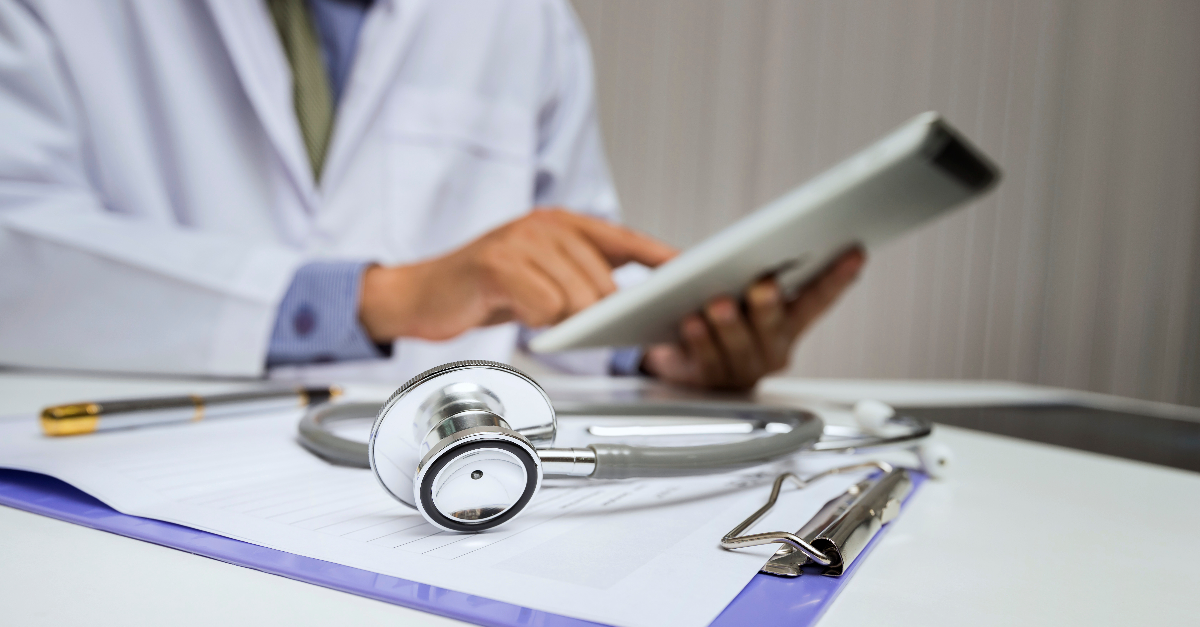
Insulated Liquid Nitrogen (Dry Shipper Containers)
Insulated packaging containing fully absorbed, refrigerated liquid nitrogen (dry shipper) may be carried in both hand and checked baggage. The packaging must contain only non-hazardous items.
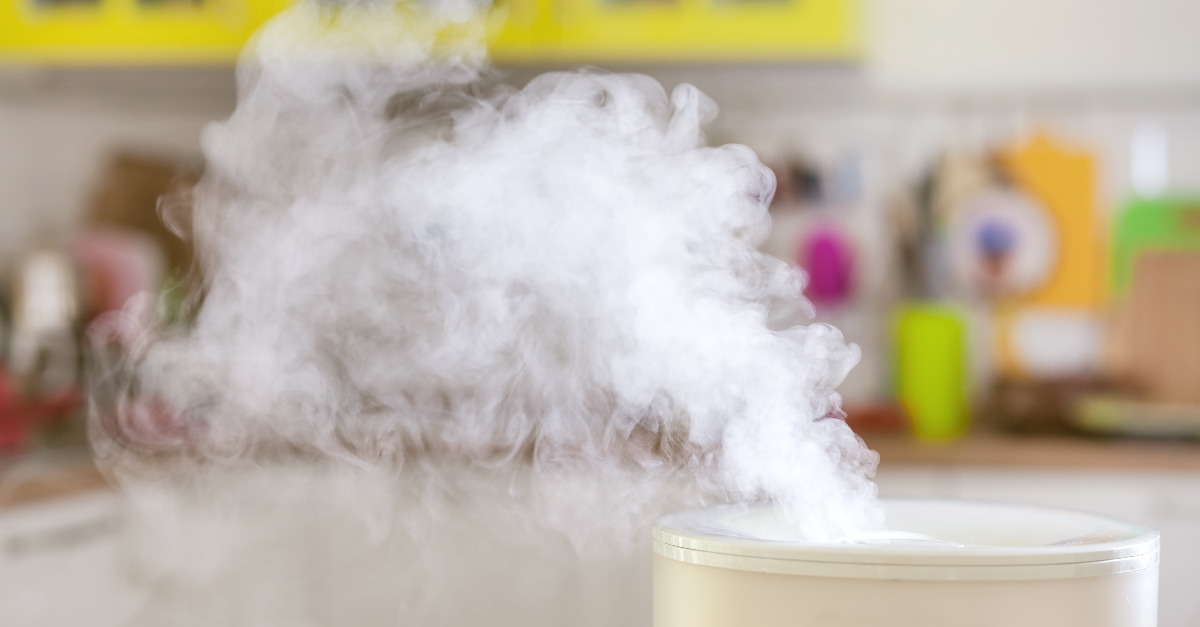
Medical-Use Oxygen and Air Cylinders
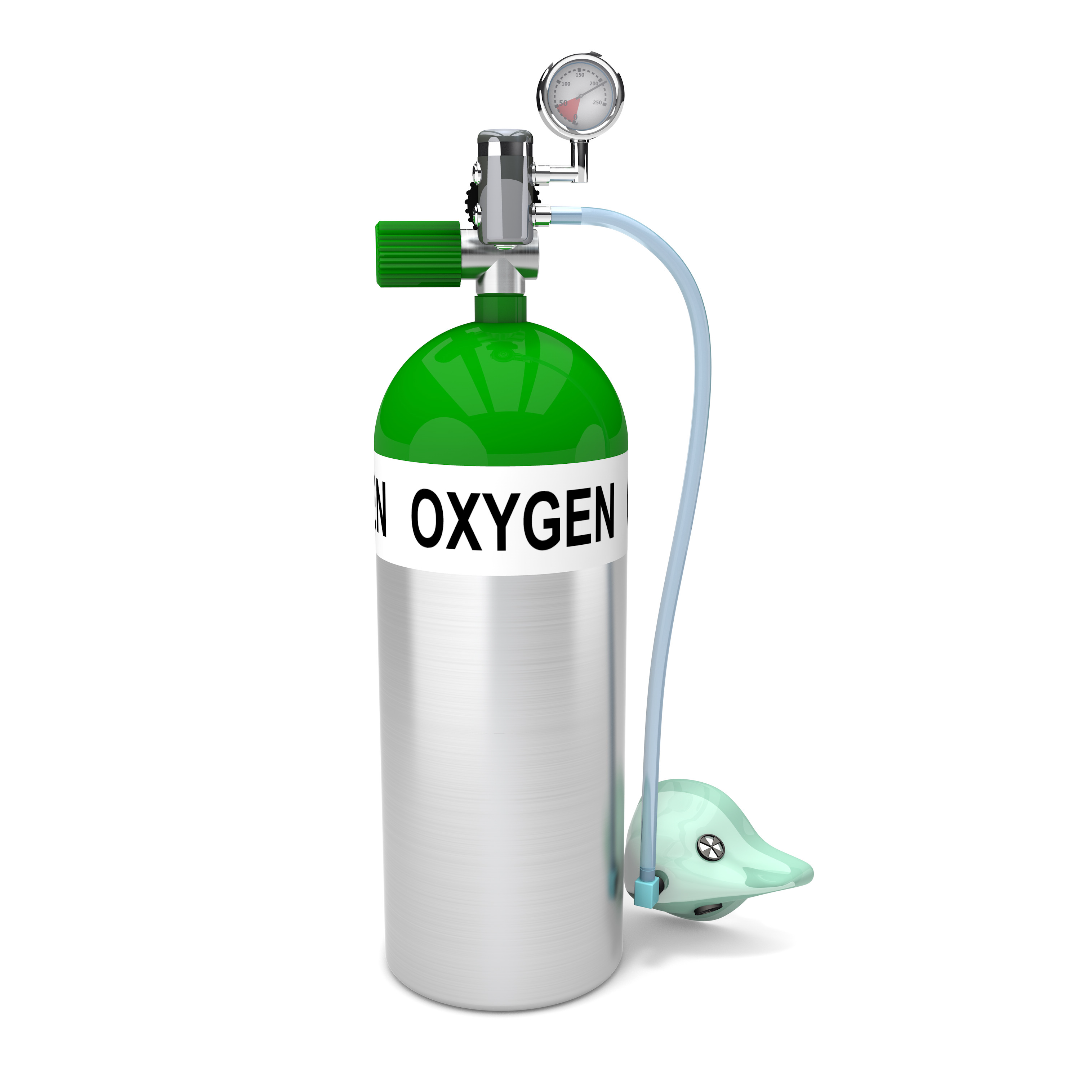
Oxygen or air cylinders essential for medical purposes are permitted. Each cylinder must weigh no more than 5 kilograms.
Personal medical oxygen devices utilizing liquid oxygen are prohibited in all baggage and on the person.
Cardiac Pacemakers with Radioactive Elements
Passengers may travel with radio-isotopic cardiac pacemakers or other medical devices, including those powered by lithium batteries, whether implanted or externally worn.
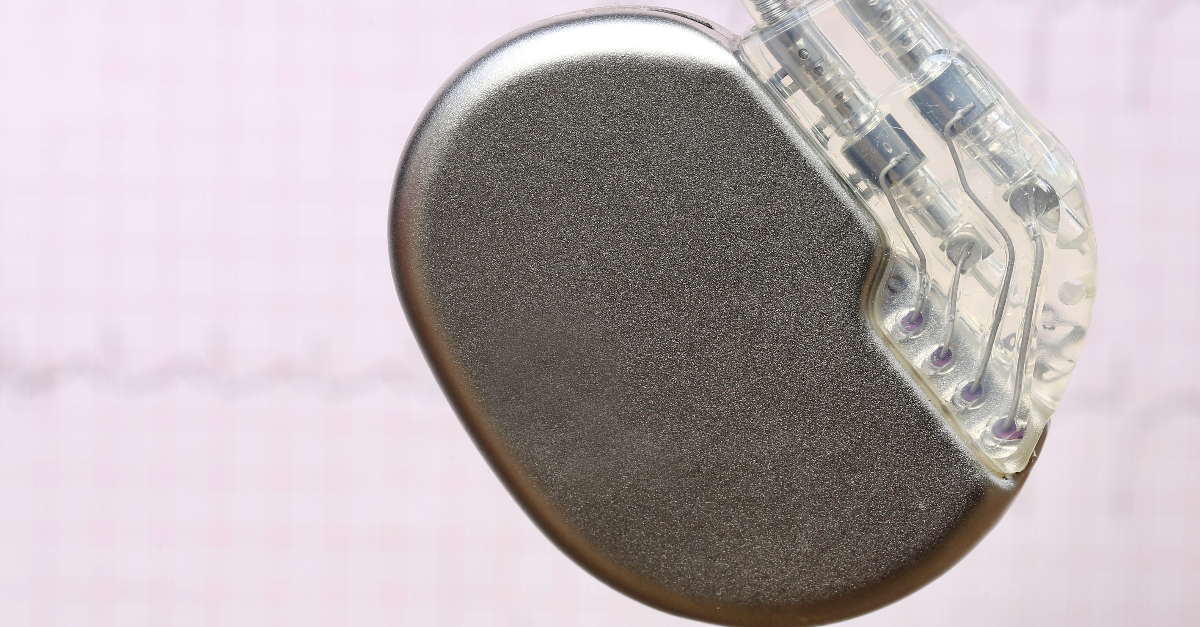
Flammable Liquid-Containing Specimens (Non-Infectious)
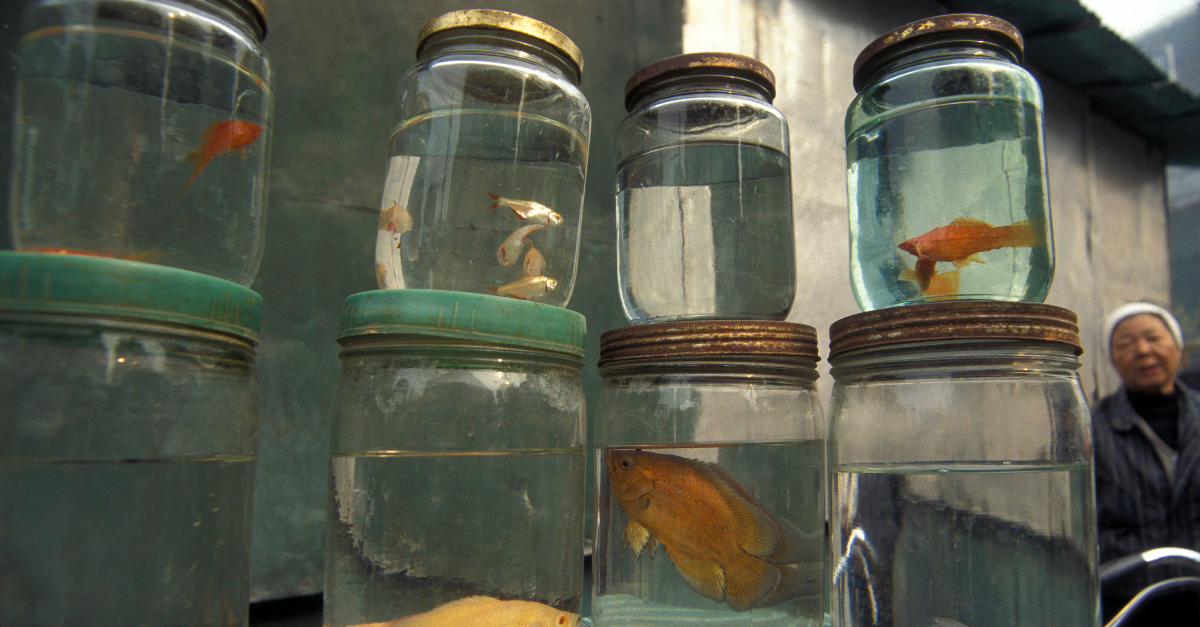
You may carry non-infectious animal specimens preserved in flammable liquids in both checked and hand baggage. These specimens must be carefully packaged: wrapped in absorbent material, placed in sealed plastic bags, then in a larger absorbent bag, and finally in a sturdy outer container. Each outer container can hold a maximum of 1 litre of flammable liquid. Mark the package "Scientific research specimens, not restricted as per special provision A180 applies."
Medical Thermometers
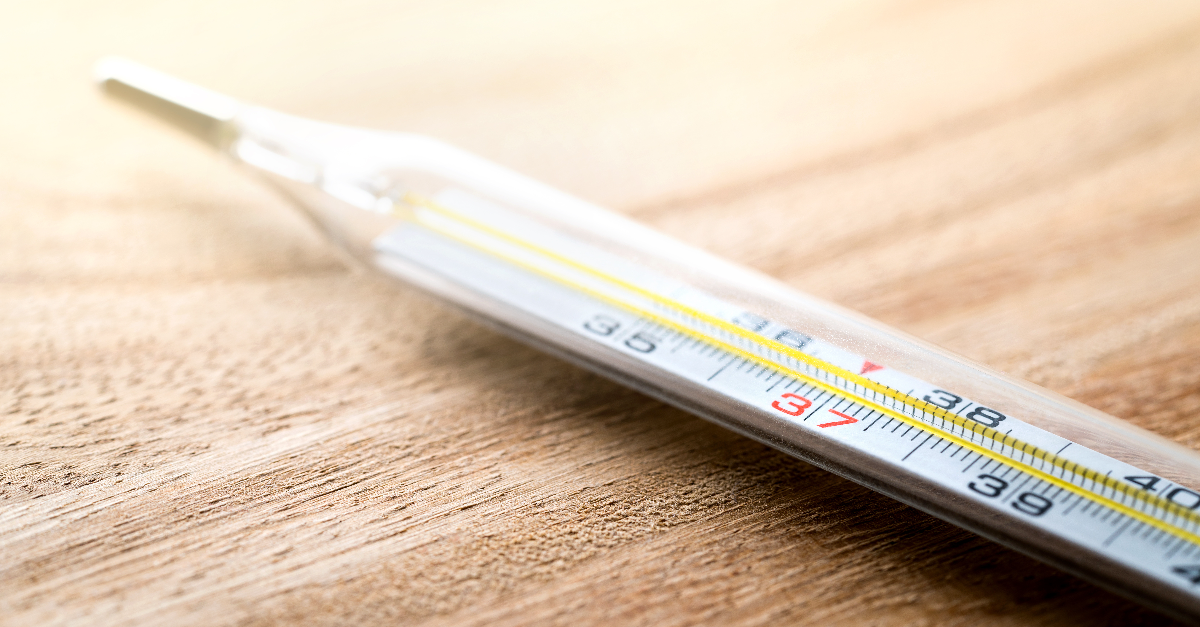
One mercury thermometer for personal use may be transported in checked baggage. Ensure the thermometer is securely packed within a protective case. Mercury thermometers are prohibited in hand baggage.
Barometers and Temperature Gauges
If you are a representative of a government weather bureau or similar official agency with approval, you may carry a mercury-containing thermometer or barometer in your hand baggage. It must be packed in strong outer packaging with a sealed inner liner or a leak-proof, puncture-resistant bag that prevents any mercury leakage, regardless of the package's orientation.
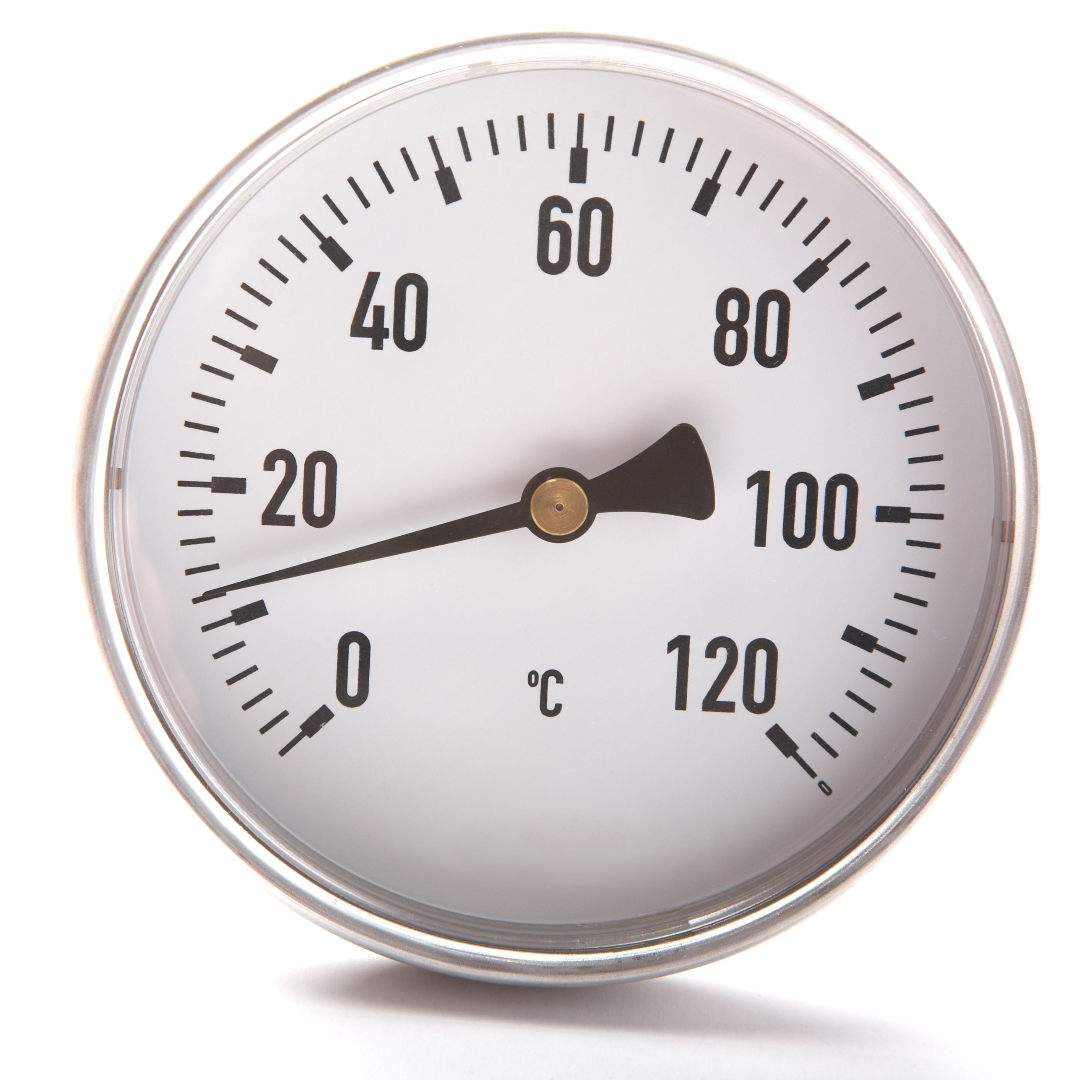
Mobility Assistance Devices
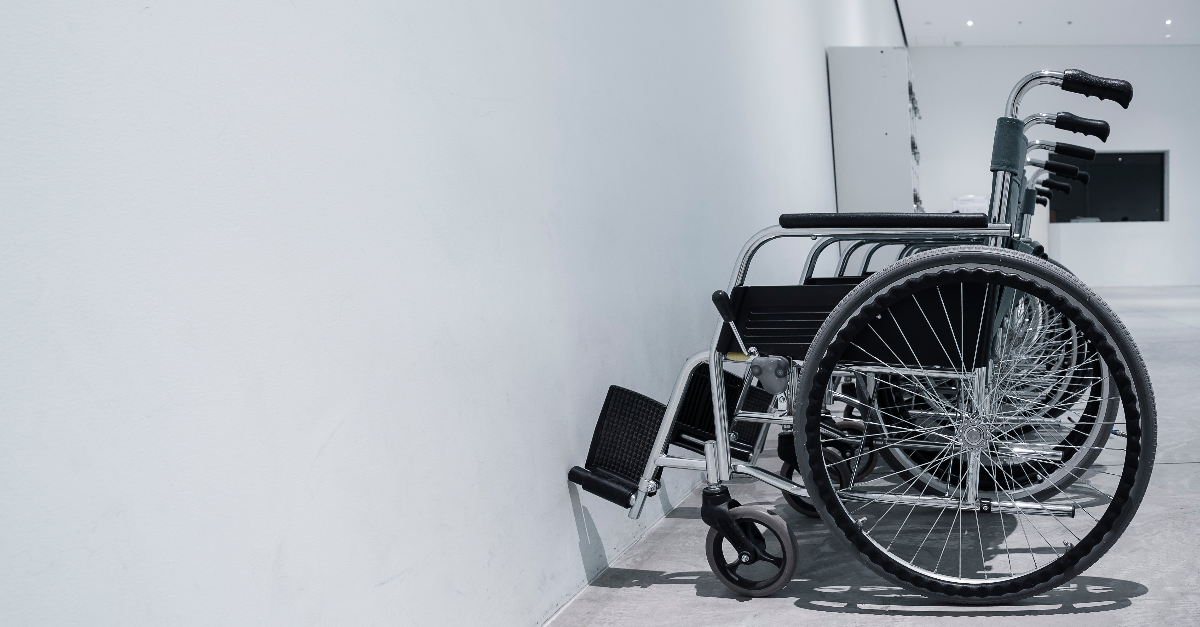
Mobility aids are permitted for passengers with disabilities, health conditions, age-related limitations, or temporary mobility issues, such as a broken leg.
Mobility Aids with Non-Spillable Battery Systems
You may carry battery-powered wheelchairs or similar mobility devices with specific battery types: wet, non-spillable, nickel metal hydride, or dry. Prevent accidental activation. Batteries must be dry and securely packed if removed. You can carry a maximum of one spare wet, non-spillable battery or two spare nickel metal hydride or dry batteries.
Mobility Aids with Lithium Battery Power
You may carry battery-powered wheelchairs or similar mobility devices with lithium-ion batteries. If the battery remains attached to the device, there's no watt-hour (Wh) limit. If removed, the battery must be 300Wh or less. For devices with two removable batteries, each must be 160Wh or less. Spare batteries must be carried in the cabin in a protective pouch. You can carry one spare battery up to 300Wh or two spare batteries up to 160Wh each. Ensure batteries are properly packed to prevent damage or short circuits.
Mobility Aids with Spillable Battery Systems
You may carry battery-powered wheelchairs or similar mobility devices with spillable batteries. If possible, use spill-resistant vent caps. If the device cannot be kept upright during transport, the battery must be removed. Remove batteries must be packed in strong, leak-proof packaging, protected from short circuits, and surrounded by absorbent material. Mark the package "BATTERY, WET, WITH WHEELCHAIR" or "BATTERY, WET, WITH MOBILITY AID" with additional required labels. This package will be transported in the cargo hold. Contact your airline for specific approval.
Personal and Research-Based
Chemical Detection and Monitoring Tools
Staff members of the Organization for the Prohibition of Chemical Weapons may carry chemical agent monitoring equipment, including a Chemical Agent Monitor (CAM) and/or Rapid Alarm and Identification Device Monitor (RAID-M), when travelling officially and with prior approval. This equipment must be securely packed and lithium-free. Instruments containing radioactive material must adhere to activity limits outlined in Table 10.3.C of the IATA Dangerous Goods Regulations.
Dry Ice (Solid CO₂) with Perishables
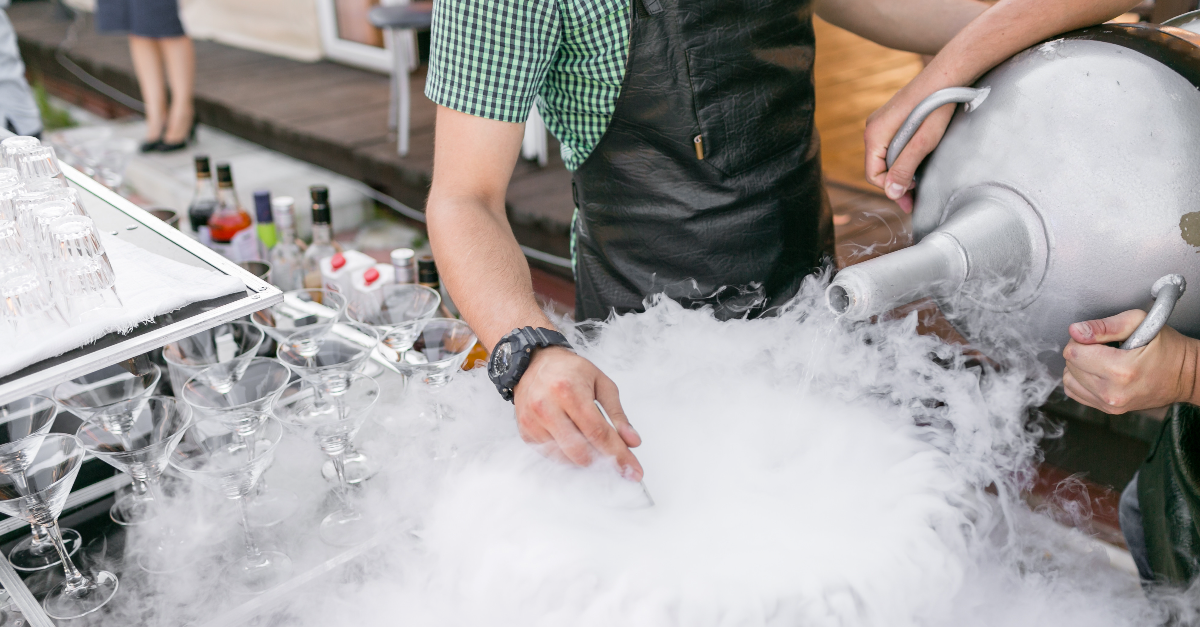
A maximum of 2.5 kilograms of dry ice may be carried in both hand and checked baggage when used to transport perishable items that are not classified as dangerous goods. Packaging must allow for the release of carbon dioxide gas. Checked baggage containing dry ice must be clearly marked with the net weight and labelled "DRY ICE."
Items Generating Heat or Sparks
You may carry heat-producing items like underwater torches and soldering irons. Battery-powered equipment capable of extreme heat, such as underwater high-intensity lamps, must have the heat-producing component or battery removed to prevent accidental activation. Removed batteries must be protected from short circuits and carried in hand baggage.
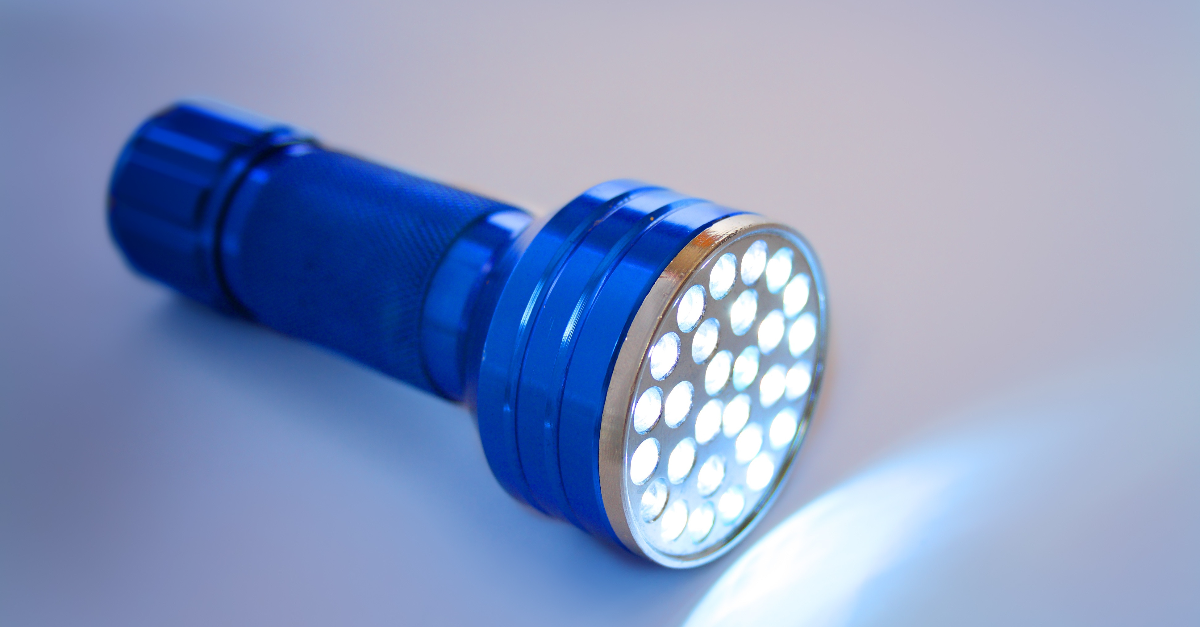
Combustion Engines and Fuel-Cell Engines
Engines and equipment with internal combustion or fuel cell engines are allowed only if they meet specific requirements. The engine or equipment must not contain other dangerous goods or batteries. The engine fuel must not be classified as dangerous goods, or the fuel tank must be empty and properly flushed and purged. Documentation of the flushing and purging process is required. The entire fuel system must be dry and sealed.
Matches and Portable Lighters
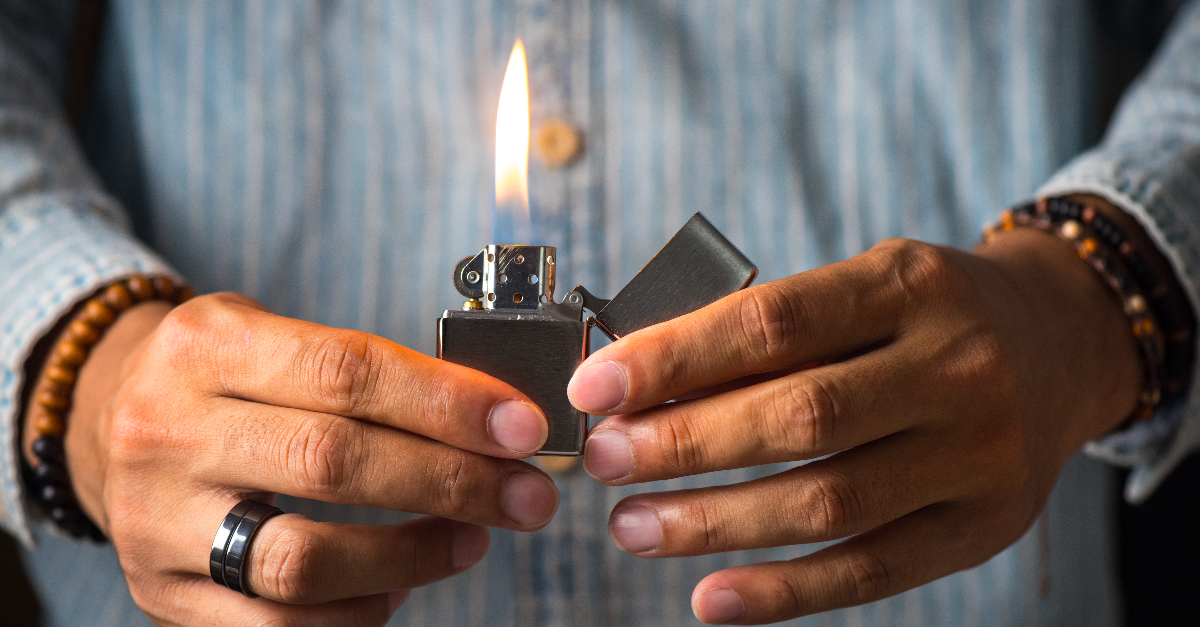
You may carry one small, non-liquid fuel cigarette lighter on your person. The lighter must require two actions to ignite. Matches and lighters are prohibited in checked and carry-on baggage. Lighter fuel and refills are also prohibited. "Strike anywhere" matches, "blue flame" or "cigar" lighters are not allowed. Battery-powered lighters without safety features are also prohibited.
Medicinal and Personal Toiletry Supplies
You may carry non-radioactive medicinal and toiletry items, including aerosols like hairsprays, perfumes, and colognes, and medicines containing alcohol, in both checked and hand baggage. You may also carry a non-flammable, non-toxic aerosol of Division 2.2 for sporting or home use. The total quantity of these items cannot exceed 2kg or 2l, and individual items must not exceed 0.5kg or 0.5l. Aerosol valves must be protected to prevent accidental release. Additional restrictions may apply for hand baggage.
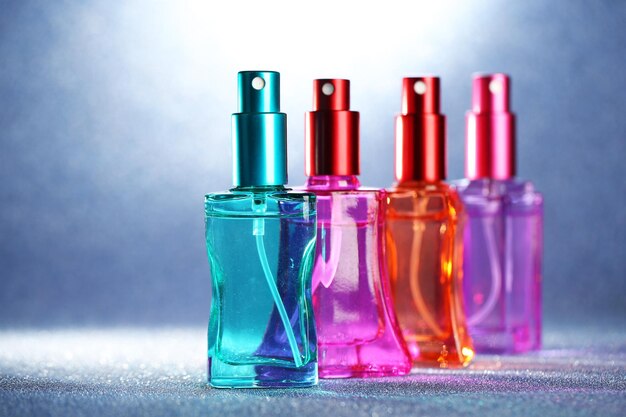
Devices for Controlled Permeation
Permeation devices used for calibrating air quality monitoring equipment may be transported in checked baggage. Ensure these devices comply with the requirements outlined in Special Provision A41 of the IATA Dangerous Goods Regulations.
Security Equipment

Security-type equipment, such as attaché cases, cash boxes, and cash bags, containing hazardous materials like pyrotechnic substances or lithium batteries is prohibited in both hand and checked baggage. However, certain security-type equipment may be allowed in checked baggage if specific requirements are met.
Powdered Material
Substances in Powder Form
You may not carry powder-like substances in containers exceeding 350ml in your hand baggage except for medically prescribed powders, baby formula, human remains, and duty-free purchases in sealed STEB bags. Powder-like substances in larger containers are allowed in checked baggage. These restrictions apply to passengers travelling to or from Australia and New Zealand.
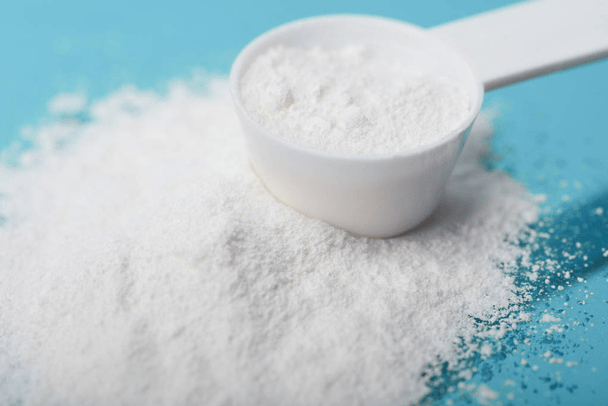
Prohibited Items
Heavy and Blunt Objects
You may not carry blunt instruments that could cause serious injury in the aircraft cabin, but you may carry them in your checked baggage. Examples include baseball and softball bats, martial arts equipment, and clubs like Billy clubs, blackjacks, and nightsticks.
Explosives and incendiary substance devices
You may not carry explosives or incendiary devices, including replicas, that could harm others or the aircraft. This includes ammunition (may be carried in checked baggage with permission), blasting caps, detonators, fuses, mines, grenades, military explosives, fireworks, smoke-generating canisters, dynamite, gunpowder, and plastic explosives.
Guns, Firearms, and Projectiles
Guns, firearms, and devices that discharge projectiles are prohibited in the aircraft cabin. This includes toys, replicas, and antiques that could be mistaken for real weapons. Firearms of all types, toy guns, replicas, firearm components, compressed air and CO2 guns, signal and starter pistols, bows, crossbows, arrows, harpoon guns, spear guns, slingshots, and catapults can be carried in checked baggage (firearms with permission).
Stun Devices and Disabling Gadgets
- Stunning devices such as stun guns, tasers, and stun batons
- Animal stunners and killers
- Disabling and incapacitating chemicals, gases, and sprays, including mace, pepper or capsicum spray, tear gas, acid sprays, and animal repellent sprays
Sharp or Pointed Items
Objects with sharp points or edges are prohibited in cabin baggage. These items may be transported in checked baggage:
- Chopping tools such as axes, hatchets, and cleavers
- Ice axes and ice picks
- Razor blades and box cutters
- Knives with blades exceeding 6 centimeters
- Scissors with blades longer than 6 centimetres when measured from the fulcrum
- Martial arts equipment with sharp points or edges, including swords and sabres
Tools for Professional Use
Workers' tools capable of causing serious injury are prohibited in cabin baggage. These items may be transported in checked baggage:
- Crowbars
- Drills and drill bits, including cordless portable power drills
- Tools with blades or shafts exceeding 6 centimetres, such as screwdrivers and chisels
- Saws, including cordless portable power saws
- Blowtorches
- Bolt guns and nail guns
The quantity limits mentioned may be subject to additional restrictions based on the product, its physical state (e.g., liquids, aerosols, gels), and local regulations. When packing hazardous materials, strictly adhere to the guidelines of the International Air Transport Association (IATA) and applicable local authorities.
Frequently Asked Questions
E-cigarettes, including e-cigars and e-pipes, are allowed only in hand baggage. Recharging e-cigarettes on board is strictly prohibited.
Drones can be carried in hand baggage with or without batteries. Batteries exceeding 100Wh but not exceeding 160Wh require prior airline approval. Batteries over 160Wh are prohibited. Drones without batteries can be checked in, but batteries must be in hand baggage.
Blunt instruments like baseball bats, softball bats, martial arts equipment, and clubs (e.g., Billy clubs, blackjacks, nightsticks) are prohibited in the cabin but can be carried in checked baggage.
You may carry one small, non-liquid fuel cigarette lighter on your person. Matches and lighters, as well as lighter fuel and refills, are prohibited in checked and carry-on baggage.
Yes, oxygen or air cylinders essential for medical use are permitted. Each cylinder must weigh no more than 5 kilograms. Personal medical oxygen devices utilizing liquid oxygen are prohibited.
Disclaimer: Although this information was last updated in November 2024, we recommend verifying with the appropriate agencies, embassies, and airlines to ensure complete accuracy regarding your travel plans.

To help us improve